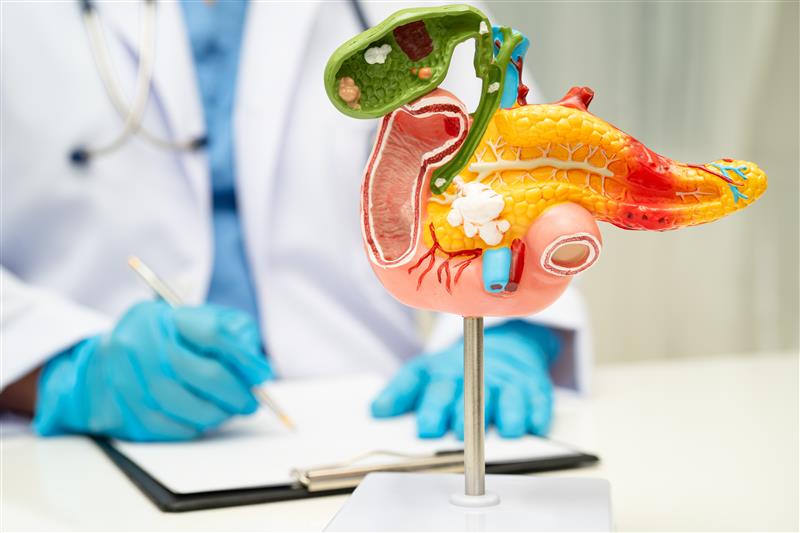What is Cholecystitis?
Cholecystitis is the medical term for inflammation of the gallbladder. The gallbladder is a small organ under your liver. It stores bile, which helps your body digest fat. When the gallbladder becomes inflamed, it can cause pain and other symptoms. Often, cholecystitis needs quick medical care. Early treatment can help prevent serious problems.
Causes of Cholecystitis
Most cases of cholecystitis happen when a gallstone blocks the tube leading out of the gallbladder. However, other causes are possible. Knowing the causes can help you understand your risk.
Because gallstones are the most common cause, keeping your gallbladder healthy is important.
Common Symptoms
Cholecystitis symptoms can start suddenly. While some people may have mild signs, others can feel very sick. Recognizing symptoms early can help you get the right care.
Sometimes, the pain gets worse after eating, especially fatty foods. If you notice these signs, you should seek help quickly.
How Cholecystitis is Diagnosed
Doctors use several steps to diagnose cholecystitis. Early diagnosis can help prevent problems. If you visit a clinic, your doctor may:
Because cholecystitis can look like other illnesses, these tests help confirm the diagnosis. If you are searching for “how is cholecystitis diagnosed,” these are the main steps doctors follow.
Treatment Options
Treating cholecystitis often starts in the hospital. Quick care lowers the risk of problems. Your doctor will choose the best treatment based on your health and the cause.
Sometimes, if you are too sick for surgery right away, doctors may drain the gallbladder first. After you recover, surgery may be planned later. If you need “cholecystitis treatment in your city,” look for hospitals with experienced surgeons.
Prevention Tips
While not all cases can be prevented, some steps may lower your risk of gallbladder inflammation.
Because gallstones are a main cause, these tips can help keep your gallbladder healthy.
When to See a Doctor
If you have sudden belly pain, fever, or yellow skin, you should see a doctor right away. Early care can prevent serious problems. Even if your symptoms seem mild, it is better to get checked. Cholecystitis can get worse quickly. Therefore, do not wait if you feel unwell.
If you suspect cholecystitis, consult a healthcare specialist for personalized advice.
